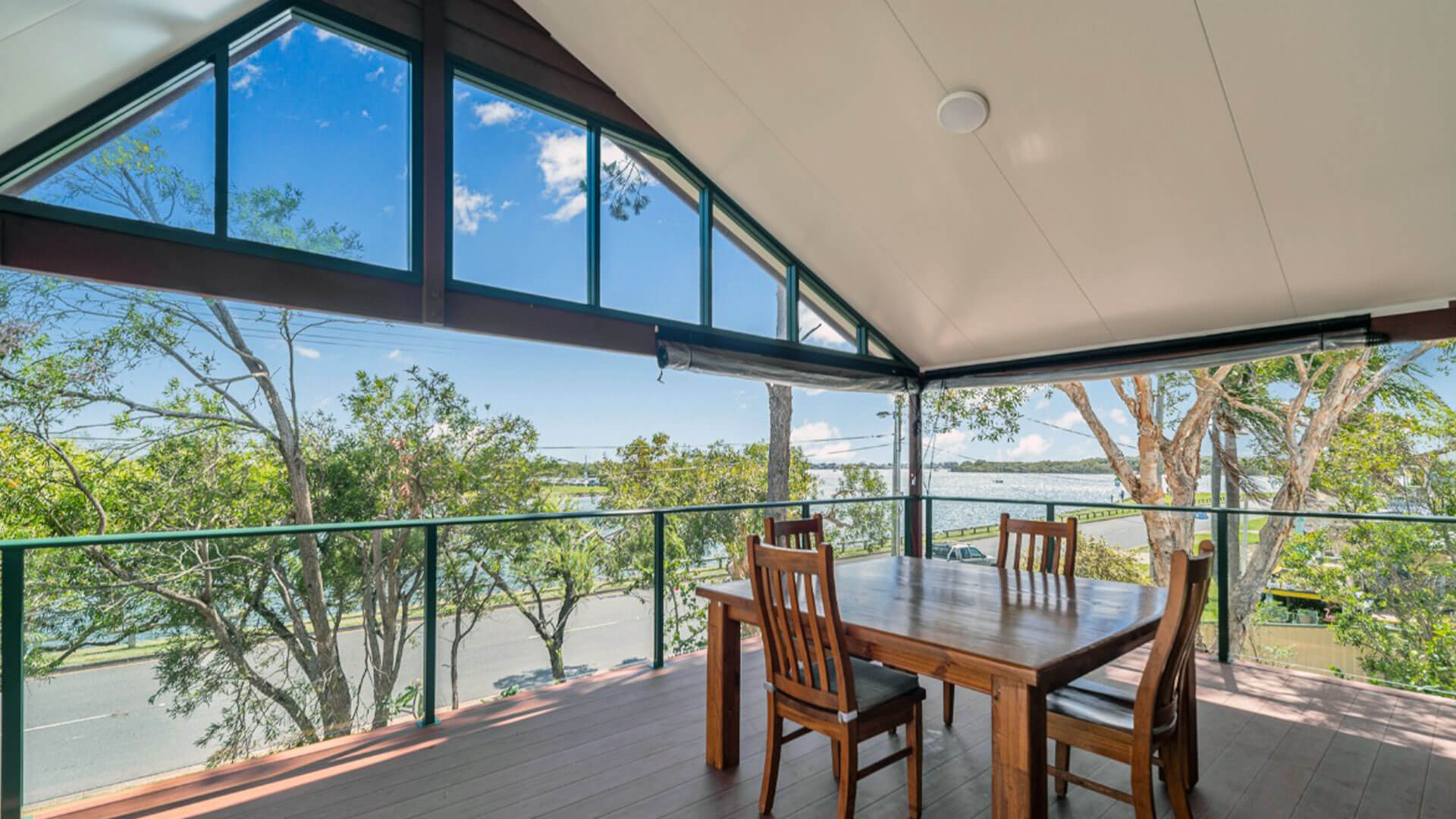
DIY Guide to Re-Oiling Your Deck
Looking for an easy way to oil a timber deck? Take a look at our detailed guide on re-oiling your old timber deck to make it look like new again.
Read Full StoryA deck is the best place to lounge in the sun on off days lazily, host family gatherings, or simply party with friends.
Often, people dismiss the importance of an expansive deck while buying a house. But, with their evolving needs, they might soon regret the oversight and look for ways to increase the deck space.

The good news is you don’t have to tear down the entire deck structure to expand a cramped deck - all you have to do is hire a professional contractor to increase the current deck’s area. It’s a straightforward process and costs less than other construction alternatives.
If you have been racking your brain and wondering how to go about extending your deck project, we’re here to help. This guide will tell you all about the deck extension process. So, without further ado, let’s begin!
Deck boards extensions can be a rewarding yet challenging process. Since you will be working on an existing structure, Instead of building one from scratch, you will be extending your existing deck flooring; it is essential to take note of a few things to ensure your project is successful.
We have listed some essential considerations.
What are the local building codes of your town or area? If the answer to this is “I don’t know,” it is high time you do. The Homeowners Association or Local Building Department has specific rules and can be pedantic with extension projects.
Therefore, you will need the necessary permits before you can embark on the project and must comply with all local building regulations.
Failure to do so will lead to a hefty penalty, and trust us, that’s the last thing you want to deal with on top of your deck extension costs. Also, we suggest you get a utility contractor to chalk out the underground utility lines and have a circular saw ready for cutting boards so that you do not damage them during construction.
There’s no point in an extension project if your deck isn’t structurally sound. So, inspect the composite decking for rotting, warping, or termite infestation. Check the joists and nails supporting the deck foundation for signs of rusting or warping.
Besides, you might need to replace the deck entirely if your ledger board is damaged or the posts have rotted. Even if you don’t plan to use the current deck to support the new structure, it is essential to repair it to eliminate the chances of decay and deterioration.
Once you have inspected the substructure, you can decide on the layout. While the internet will give you several aesthetically appealing options, remember you have a budget and local restrictions to adhere to.
Besides, your existing deck’s existing substructure might limit the options. Attach a mason string to the wood stakes to visualise the space limitations and decide on placement. If you wish to place furniture on the deck, you’ll have to decide on a spot and use a tape measure to see if it fits within the space.
The last step would be to choose the right decking materials, such as cedar decking. Wooden decks might be visually stunning but need to be regularly treated. Moreover, pressure-treated wood lumber is an excellent option, owing to its durability and ease of maintenance.
However, composite decks are the most viable option. Although initially expensive, they are cost-effective in the long run since their maintenance costs are low and unlikely to splinter.
Before hiring a contractor or putting on the worker’s hat yourself, here’s a quick overview of some essential terms that often come up while extending a deck.

A Ledger board attaches the deck to your house and is essential to the deck construction process.
The vertical supports of the deck are placed on the concrete before being covered with gravel. Corner post holes and other posts are then attached to horizontal arrangements called beams.
Joists are horizontal boards that form the structural foundation of the deck. On top of these joists, the deck frame is laid out.
A deck extension project is no child’s play. One misstep and not only do you ruin the project but also damage the original deck. Therefore, most deck owners rely on professional builders and contractors to handle the work.
However, ensuring that the contractor you hire is licenced and has prior experience handling a job like this is crucial. They should know local building codes and discuss various layout plans with you. If you have the necessary skills or experience in the field, you can go down the DIY route.
There are primarily three different ways in which you can extend your deck. We’ve listed them here.
A same-level extension is the simplest way to increase the area of your entire deck surface. Remove the existing deck boards from the end where you want to build the extension to lengthen or widen the deck on its current level. This will expose the joists, and you’ll have to make a substructure frame along it using footings and support posts.
Now that your subframe is then, you are ready to fix the new deck board material over the joists.
In this method, you build a new frame on top of the current one. To do this, you will have to attach new posts, a connecting joist, or a support beam to the existing subframe, which will act as a ledger (or a support board) on which you will build the extension’s structure.
With sufficient space, you can build a step-down extension below the current deck structure. For this, the current support beam of your deck will act as a ledger. And, to this ledger, you will attach the support beams and joists. Once the joists have been secured, you can build the new deck.
That’s all when it comes to how to extend a deck, folks!
Those were how you could increase your current deck’s length, make it a more functional new extended deck, and carry out a deck remodel!
We hope this guide has helped highlight the points you must consider before beginning a deck extension project. Although we have delved into three different ways to go about the process, you must pick the most suitable one. This home improvement project largely depends on your local regulations and the structure of your old deck.
Speak to our professional Sydney deck builders if you need assistance extending your current deck.
With that, it’s a wrap. Until next time, take care!
Looking for an easy way to oil a timber deck? Take a look at our detailed guide on re-oiling your old timber deck to make it look like new again.
Read Full StoryAre you planning to renovate your kitchen but aren’t sure where to begin? We’ve got you covered with this essential guide to transforming the kitchen. Read along to learn!
Read Full StoryAre you ready to build a new deck or revamping your existing one? Turn your timber deck into a space your neighbours will envy with our 6 design top ideas!
Read Full Story

